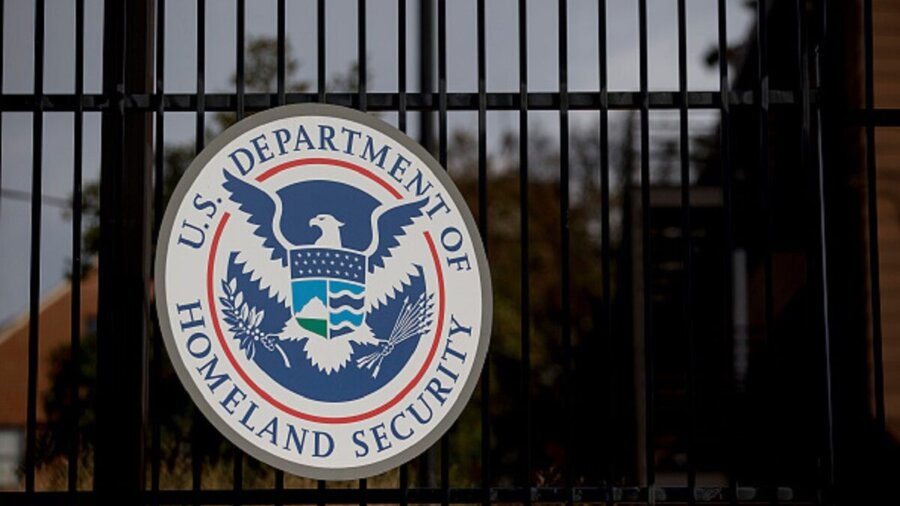The U.S. Department of Homeland Security (DHS) unveiled on Sept. 19 its strategy to combat illicit opioids, such as fentanyl, which has been a major driver of the overdose epidemic in the United States.
DHS said the strategy seeks to reduce the international and domestic supply of illicit opioids, target the enablers of opioid trafficking, and conduct outreach with private industry to reduce illegal drug shipments.
“For more than five years now, fentanyl has been causing so much loss of life and destruction in our communities,” Secretary of Homeland Security Alejandro Mayorkas said in a press release.
“We in the Department of Homeland Security, along with our federal, state, and local partners, are committed to combating this scourge and protecting American communities from it,” he added.
Mr. Mayorkas said that the new guidelines will “help further align our intelligence and field operations to keep fentanyl off the streets and bring ruthless cartels and criminal organizations to justice.”
DHS said the strategy would leverage Homeland Security Investigations’ (HSI) expertise in probing cross-border criminal activity and its unique access to customs and financial data to curb illegal shipments of drug precursor chemicals from reaching U.S. borders.
HSI is the primary investigative arm of the department, responsible for investigating transnational crime and threats.
HSI Executive Associate Director Katrina Berger said the new strategy “provides a framework for coordinating our efforts to surge operations, increase targeted inspections, and collaborate with our partners.”
“Our nation continues to face an unprecedented epidemic of deaths from illicit synthetic opioids – our citizens are dying every year at an unimaginable rate,” Ms. Berger stated.
“This is a bold and innovative strategy to stem the flow of dangerous narcotics and directly addresses the public health emergency this opioid crisis has become,” she added.
More than 1.8 million pounds of narcotics and over $5 billion in illicit currency and assets were seized by the HSI during fiscal year 2022, according to the department.
DHS said they would continue to target supply chains responsible for foreign-origin shipments of illicit precursor chemicals used to produce “drugs that fuel overdose deaths” in the United States.
Synthetic Opioids Linked to Overdose Deaths
Synthetic opioids, such as fentanyl, are the primary driver of overdose deaths in the United States, according to the U.S. Centers for Disease Control and Prevention (CDC).
The Drug Enforcement Administration reported that fentanyl is involved in more deaths of Americans younger than 50 “than any other cause of death including heart disease, cancer, homicide, suicide, and other accidents.”
For the 12 months ending in January 2022, the CDC reported that 71,238 Americans died from fentanyl poisoning—an increase from 2020, which had an estimated 57,834 such deaths.
April Babcock, founder of Lost Voices of Fentanyl, a nonprofit organization dedicated to raising awareness on illicit fentanyl, told The Epoch Times that she thinks those numbers are “significantly underreported.”
“There’s a family … that’s pretty definite their kid died from fentanyl because they found fentanyl at his house. But guess what: He was never tested!” Ms. Babcock said.
Enough illicit fentanyl is crossing the U.S. border to kill every single American. In June alone, the U.S. Customs and Border Protection (CBP) seized around 2,100 pounds of illicit fentanyl at the southern border. Just a kilogram (2.2 pounds) is enough to potentially kill 500,000 people.
“I don’t think the public is really aware of what a challenge this is,” Donna Nelson, an organic chemist and professor at the University of Oklahoma, told The Epoch Times. “You have to assume that the border agents are not catching everything that’s coming into our country.”
“And the amount that’s coming in keeps increasing—not steadily, but it is increasing over time.”
Naveen Athrappully and Katie Spence contributed to this report.
From The Epoch Times


